A couple of years ago when Apple launched the iPhone X with its $1,000 price tag, many balked at it. This was the first time a smartphone maker had the audacity to charge that much for a smartphone that wasn’t blinged out. This, unfortunately, set off a rather disturbing trend where Apple’s decision seemed to give other handset makers “permission” to start charging just as much.
The bad news is that we doubt that this is a trend that will be going away anytime soon. After all, why would smartphone makers willingly sacrifice their profit margins when it seems like many are willing to pay for them?
But it’s not all bad news. In fact, we’re here to tell you that it’s okay.
Price to performance ratio
The price to performance ratio has changed drastically over the years. Back then, the differences in performance between a flagship smartphone and a mid-ranger were obvious, but as technology improves, the gap has gotten a lot closer.
This isn’t to say that mid-rangers can best flagships in terms of raw power, but they are more than capable of getting the job done and then some. One could even argue that packing a smartphone with 8GB of RAM or more is simply an exercise in excess. For the most part, most apps run just fine with less RAM.
Another example would be how mid-range chipsets have since caught up and surpassed flagship chipsets from back in the day that was once considered to be the best companies had to offer.
Trickle down features
In the early days of smartphones, there was a clear cut difference in terms of features of a mid-ranger and a flagship. Flagships typically came with all the bells and whistles, while mid-rangers offered up a basic experience. These days, we’re seeing how more high-end features are trickling down to mid-range handsets.
Take the Samsung Galaxy A80, for example. Clearly designed to be part of Samsung’s mid-range Galaxy A lineup, it comes with a design and features that are honestly a lot more exciting compared to the company’s flagship Galaxy S10, which while an excellent device, feels like more of the same.
Even the Huawei P30 Lite, which did not receive the same amount of attention the P30 and P30 Pro did, comes with features like a triple camera setup that even some flagship smartphones do not have.
Someone else will fill the void
While more mainstay brands start pushing their prices, the good news is that there will always be another company willing to fill the void that they have left behind. At the moment, one of those companies is OnePlus whose smartphones are still priced below $600 (for the base models, at least).
Some of you might wonder, why would anyone sell their phones for less when companies can clearly command higher prices?
Let’s not forget that despite the fact that flagship smartphones are more exciting and generate more buzz, low-end smartphones actually account for a good number of sales, especially in emerging markets such as China and India that are populous countries. Based on data from the IDC in 2013, it was found that a good bulk of Android’s market share comes from lower-end handsets.
That is still somewhat true even today, where data from Counterpoint Research has shown that the premium smartphone market accounts for 22% of smartphone sales, leaving a good 78% that goes to mid-rangers and low-end handsets. This means that it would be foolish for companies to ignore the 78% slice of the pie.
A new breed of consumer
Flagship smartphones have always been expensive, but in the earlier days, they weren’t prohibitively expensive and as we have pointed out earlier, the distinction was a lot clearer between a flagship and a mid-ranger. These days as the line gets blurrier, there is a rise in a new breed of consumers who are those who are willing to pay the high prices just to get their hands on bleeding edge technology.
If that has never really been your style, perhaps it’s time to start looking towards mid-rangers. Some of them might even surprise you and you might even start to realize that maybe you’ll never need to pay $1,000 for a smartphone again.

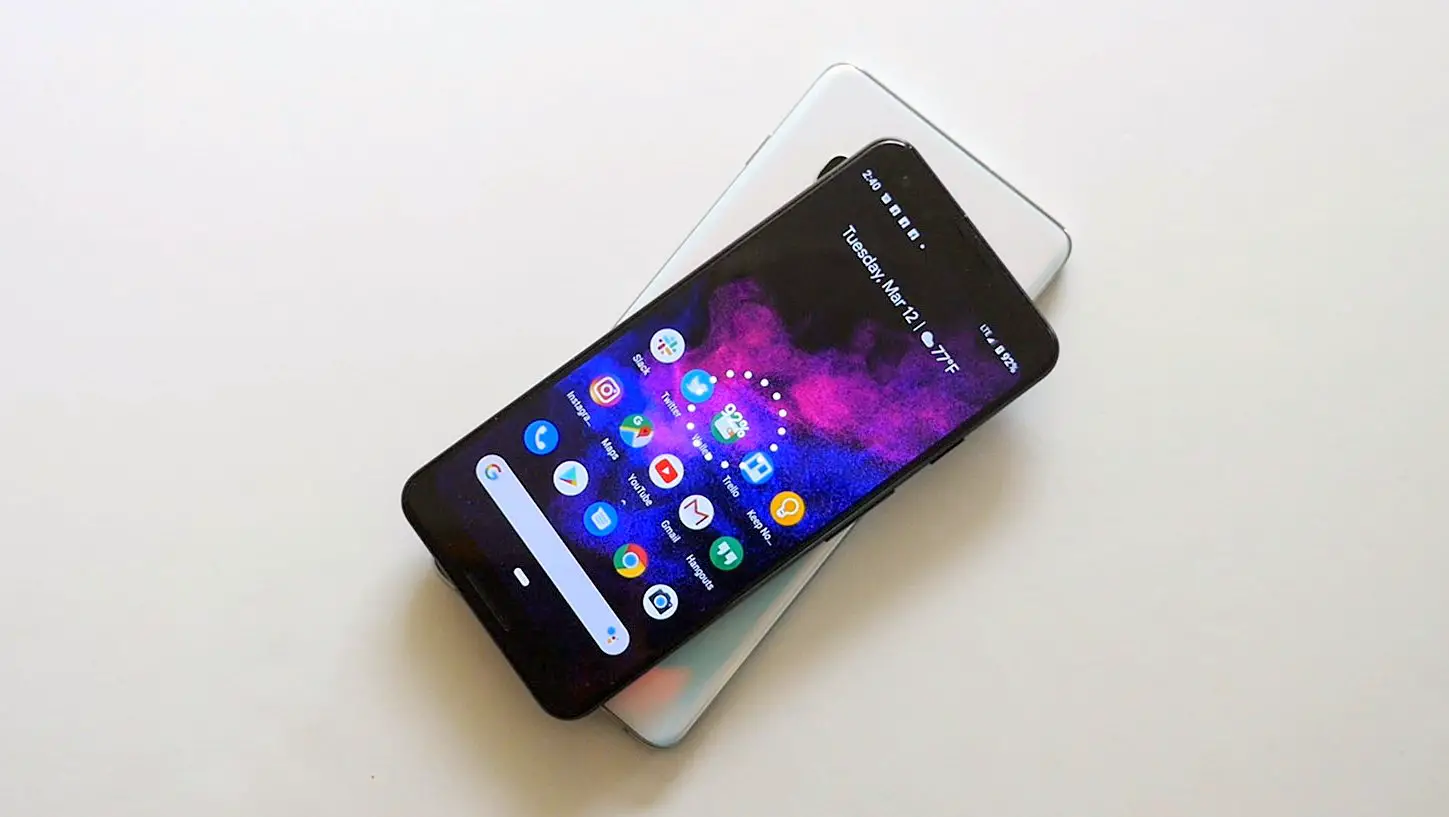
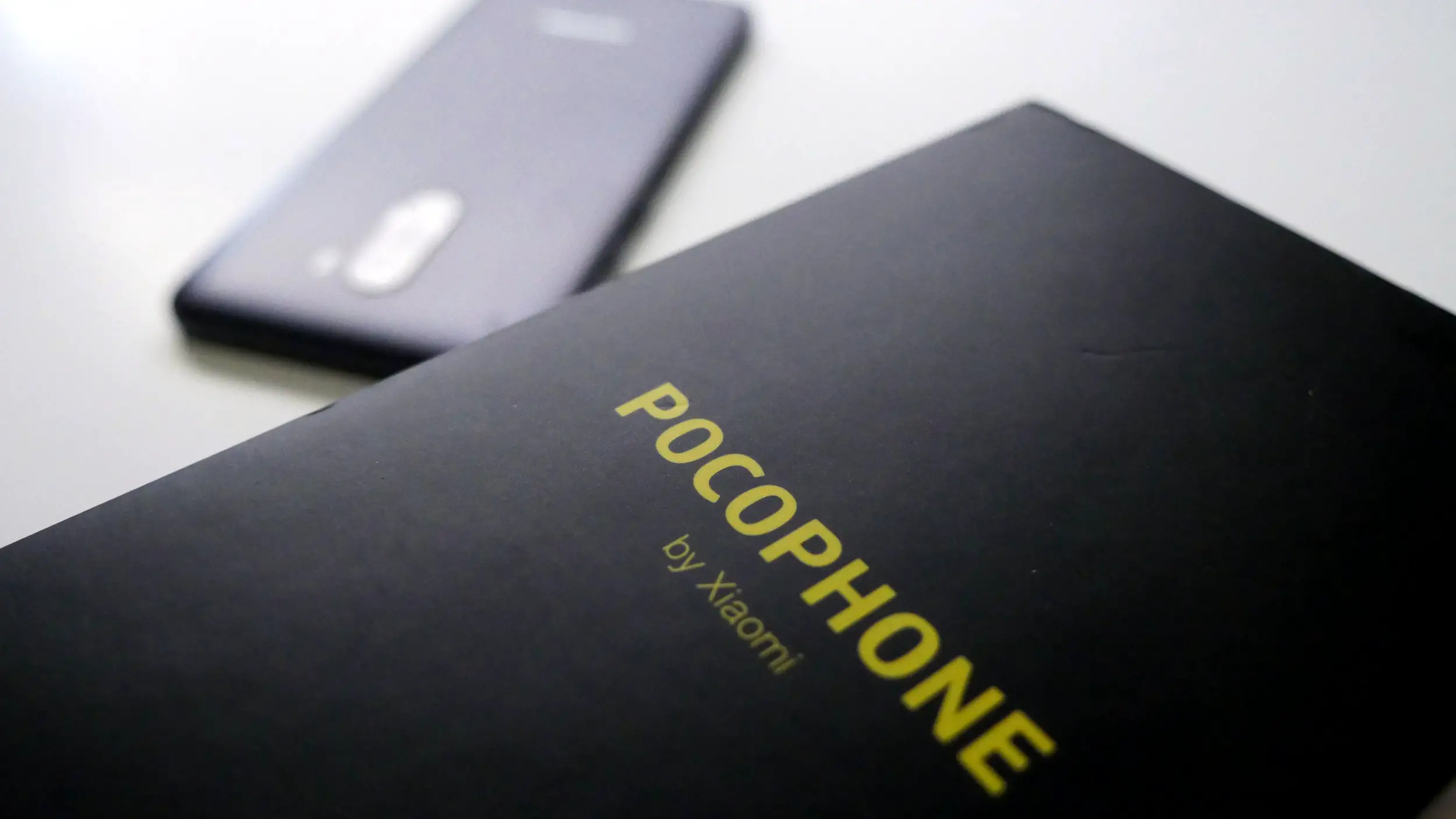


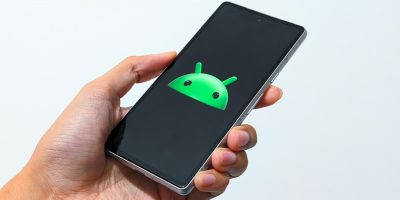
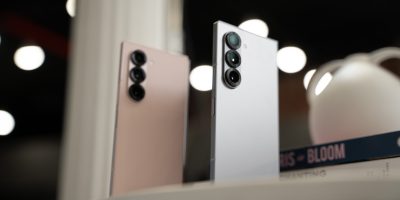
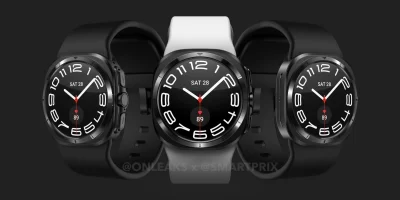




Comments